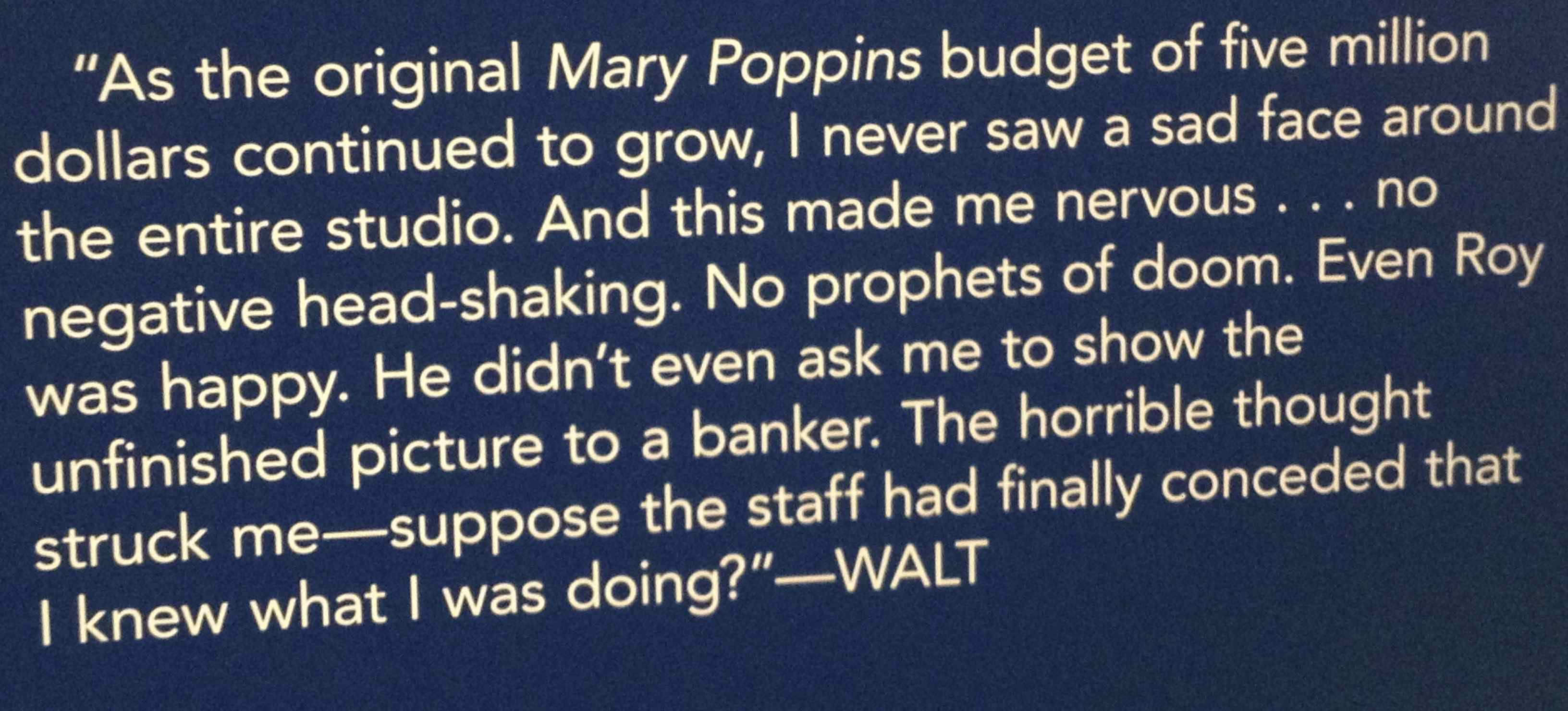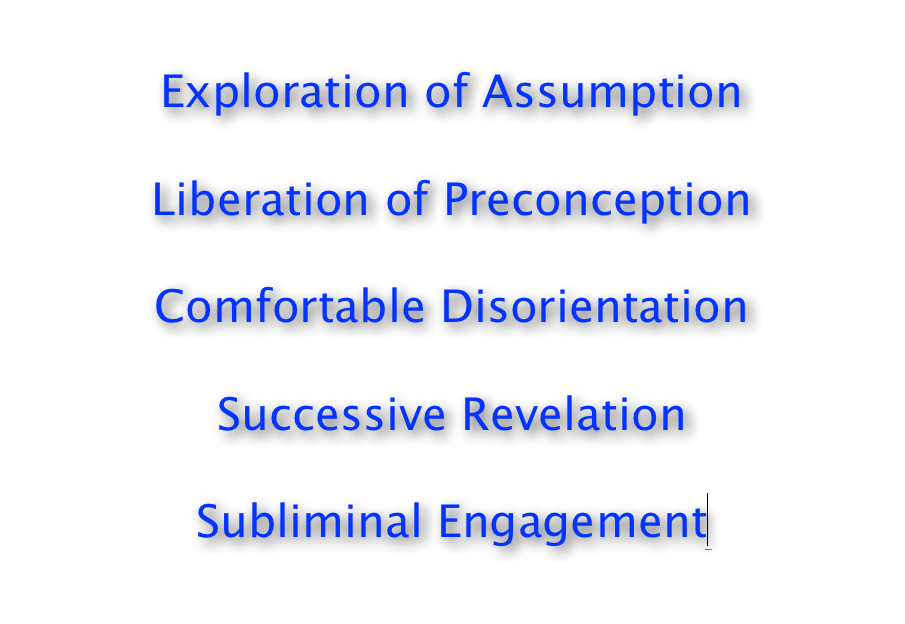Head’s Up to Those Who Eschew Social Media –
and a Specific, Transitional Warning to Those, Just Entering the Workforce.
While building and then navigating one’s transition or expansion from Social Media as Bonding Platform to Social Media as Networking Tool; it will serve one to keep in mind the full nature, features and ramifications of each and every platform into which one ventures and maintains a presence.
I am a fervent believer in the value of embracing social media, and to those Professionals out there older than 50…or 40…I say this; learn it, know it, use it…or risk the very real possibility of being perceived as irrelevant, outdated and out of step…
It’s work, yes; frankly, it has become part of our job – for many, this has happened while looking the other way, being busy on Other Priorities – and, the longer this catch-up is put off, the greater will be that very job. If left too long, catching up will not be possible. My admonishment is to not put this off.
I get it when, as I hear from many of my peers, the prospect of wading-in to the perceived maelstrom of social media platforms and pathways seems daunting: so much so that I see it often dismissed as irrelevant and unnecessary.
Beware this POV; it will come around and bite you in the butt.
As I’ve posited, before: the simple reality is that, year by year, the decision makers in our industries are becoming younger and younger; connected with and agile in the navigation and use of social media…and they have inherent, critical opinions about those who eschew or simply cannot utilize these platforms. We “elders” need to meet, network and work with these people on their communicative terms, as ours must evolve.
You gotta keep up.
Recently, I encountered a man for whom I have the deepest respect – this man is brilliantly creative and an icon in our industries – and mentioned, in passing, FaceBook. “Oh, I don’t ‘do’ FaceBook,” he says…
Frankly, this particular guy can probably afford to ignore FB. He is of a stature and reputation that he probably doesn’t need to market beyond his already strong and powerful network of professional relationships and clients, and that’s great…enviable, in some respects.
I dare say that most of us are not in that position. Social media is where The Conversation is Taking Place, and we who want to be a part of that conversation must participate in that conversation where it is happening. This means being willing and aggressive about learning the in’s and out’s of the various platforms, assessing which of them can best serve our specific and general goals and objectives…drive business, spread the word, expand visibility…for our own needs and mission; then, jumping-in.
The first thing I do upon meeting – or scheduling a meeting – with a new business associate or Contact is:
- Google ‘em,
- Look ‘em up on FB,
- Check to see if they have their own domain,
- And Twitter feed,
- Check out their email address (“aol” shrieks “irrelevant” – just sayin’…)
…with the intent of gauging awareness of how the world is currently working.
Granted; we aren’t teens with hours of free time on our hands to post, pin, tumbl, vine, flip, tweet, path and share every minuscule moment of our lives to our pals. That’s not what is called-for. Selectivity and specificity is key in boarding the social media rocket but, once boarded, full commitment is paramount.
In my own sphere of work and professional relationships, currently (and, any more, I pretty much always say, “currently…”), I am actively present on FaceBook, LinkedIn and Twitter, I publish this blog and follow a host of others, participate in a number of smaller, networking groups specific to certain areas of my industries and sniff around on Tumblr and, more recently, Vine. This list is by no means comprehensive; but these are the avenues I see as most relevant to me and what I do in the current context.
FaceBook – imperative. One can share a photo of lunch if that’s important to One; but that’s not the primary focus, any longer. A few things my own FB presence does, primarily;
- it allows me to keep in touch and reconnect with friends and business associates from all over the world. People who’s business cards I may have lost become newly reach-able.
- I can share photos and previews of shows on which I am working; expanding the potential audience for that show.
- It is a great spot for locating unique resource anywhere in the world.
- ‘Tis a tremendous outreach tool for Casting Calls.
- Scanning through, I am able to see what is interesting to others; this serves me when writing or creating experience,
- I’m able to, thanks for my scores of twenty-somethings with whom I’ve been fortunate to come to know and befriend through my stints of teaching workshops at Apple, see and hear things that might not otherwise come to my attention: this has expanded my taste and experience in music, most especially, and through that is a window into huge segments of audience I must reach in other contexts.
- Sharing blog posts – my own or those of others I follow – expands readership and concomitant visibility.
And, if you need a good restaurant in Abu Dhabi or a Dry Cleaners in Hong Kong, y’nevah know…
Just a note on the above, too: one must be authentically present in these forums. The necessary depth of culture absorption can’t come from simply observing; one must participate to truly get it all. This can’t be faked, and it can’t be “digested” and fed to you by a Marketer unless you are also familiar with the milieu.
Twitter – the single most powerful marketing tool in the world. The thing about Twitter is that it must be used to be of value. One cannot simply sign up and launch a campaign. It is the network of professionals and friends with whom one connects that brings value to one’s own twitter feed. The value of twitter is in the number of people who see what you share, like and retweet it to their own network. The exponential visibility of what one shares on Twitter is magnificent in scope.
As long ago as 2011; the top 300 tweeters had a combined first-pass audience of half a BILLION followers.
Great value in Twitter lies in the ease of sharing information. I share the links to this blog via Twitter. With a simple tap, those who see, read and like my stuff can and do re-tweet it to their networks in seconds…often with a few of their own endorsing words attached. Readership expands exponentially, and through that easy approbation my audience grows.
A key component: participation. Retweeting tells the people whom you are retweeting that you like what they are doing and are sharing it. Doing your friends and peers the respectful favor of retweeting what you like both shows them you support their work and shows their own networks that they endorse you. Retweeting your respected peers is part of the deal; it isn’t a one-way thing.
LinkedIn – the Professional “FaceBook”
- Far less chatter
- Focused on business, business-related discussions, Best Practices
- More of a structured environment
- Networking & Professional job- and resource-seeking
- Highlighting trends, methodologies, discoveries in specific areas of business, across the spectrum of industries.
These are, imho, the three “biggies” for current virtual participation. There are scores more, the rest of which can be useful, depending on what’s needed. New ones will come and many of them will go as some reveal themselves to be more gimmick than value; but, I offer we keep our eyes on ‘em all, then adopt what proves of value while jettisoning those which have outlived their value or usefulness.
As an aside; I’ve found that Flipboard is an exceptional tool for keeping track of and expanding one’s relevant network. Great filters and an exceptionally intuitive set of algorithms that, I’d say, offer worthwhile value.
Some of these technologies will go the way of the Answering Machine. I suggest the occasional virtual housecleaning; don’t collect or “hoard” technological tools.
Second to Lastly, on this, take a look at how information is gathered and shared and how decisions are made. I offer that the day the Conference Call becomes history cannot come soon enough. Skype and Google Hangout (and myriad others) can handle face-to-face, realtime conference calls of small groups of people with multichannel audio so that people don’t inadvertently cut one another off when conversations overlap. Holding meetings in this context also cuts down on “multitasking” by the non-speakers when what is called-for is focus on the issue on the table.
Such meetings can be shorter; they will be more productive.
The Road from FB to LinkedIn
Be on guard against the Overshare.
Last week, a brilliant young person with whom I am in communication posted a personal revelation on FaceBook about a problem with an employee at work and a realization s/he was having with respect to how this was going to need to be handled. It was an honest Share, best voiced among friends. There was enough oblique information contained in the post, however, that anyone close to this poster or any co-worker could probably readily deduce the identity of the recalcitrant employee.
This would be a great way to alert the problem employee to the fact of the problem and the imminent addressing thereof. Further, ‘tis a great way to escalate the intensity of subsequent conversations with said employee; having alerted the entire team to the problem and causing the subject of the post to Lose Face.
Remember: Not all your FaceBook Friends are actually your FRIENDS. Don’t share anything you wouldn’t want shared with someone else. The level of security with which one might have been (un)concerned when dishing the algebra teacher in junior high becomes a great deal more important and volatile when one is in the actual work force.
Discretion being the better part of valor, keep your cards close to your chest and don’t share that stuff on FB.
That being said; it is highly likely that one can find a conversation taking place on LinkedIn that addresses the very problem before you, without you having to share anything that could undermine your purpose.
As you evolve your professional life and make the expansion into the sphere of LinkedIn and professional groups and blogs, my suggestion is to be completely liberal with honesty, and circumspect with candor.
Not everything need be shared.
Lastly, in my most recent post I shared an anecdote about an experience I had in conversation with a great young student in the context of memory and assumption. Remember, I said that the memory can often prove to be faulty when remembering and that it’s always a good idea to check facts? Well, my memory got the anecdote wrong.
That student wasn’t reading the blog because he’d already downloaded the book; not the other way around, as I’d “remembered.” He had assumed, actually, something pretty fantastic; that by downloading the book, he would be automatically receiving post-by-post updates to it on his iPad. With that assumption, there was logic to him not subscribing to the blog. Unfortunately, that is not the case with Apple eBooks.
But what a great concept, yes? Hello, Apple? How great would that be, for successive blog posts to be automatically formatted and downloaded to owners of an eBook?
So, first I must apologize for and acknowledge the inaccuracy of my memory of our conversation and, second, must thank said Student for calling it to my attention.
I now have a call in to the Retirement Home…
imho.
Download “imho” free for iPad from iTunes or the Bookstore on iPad.




